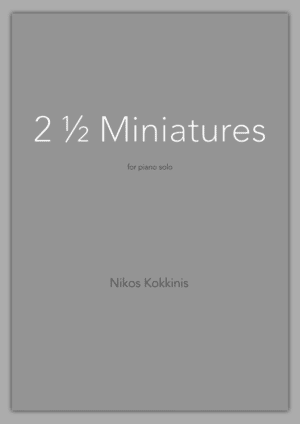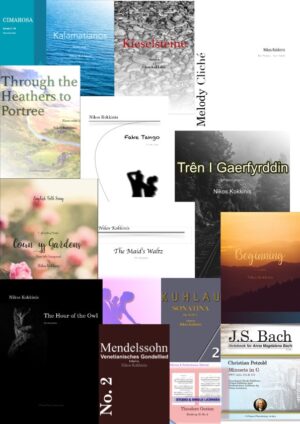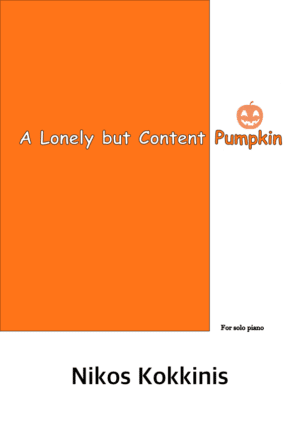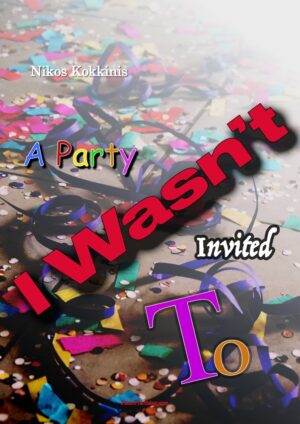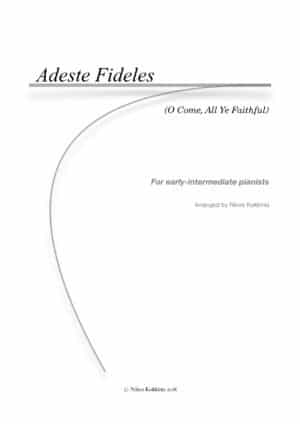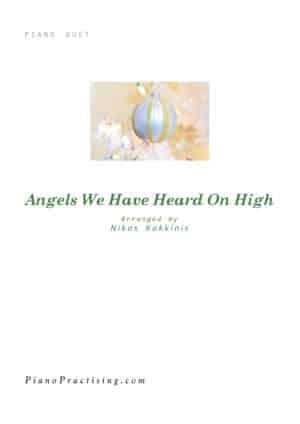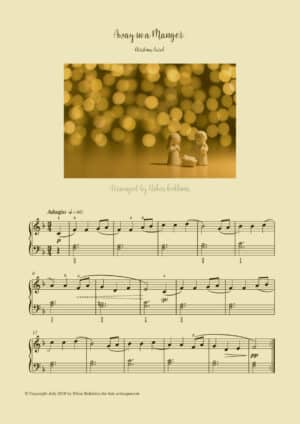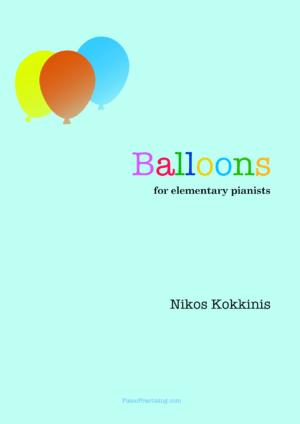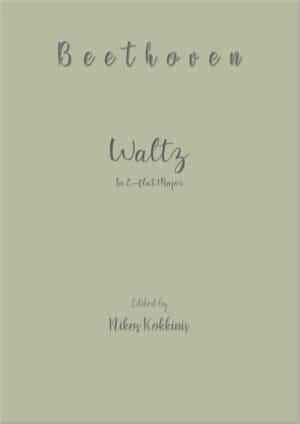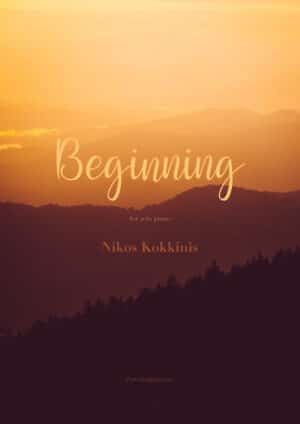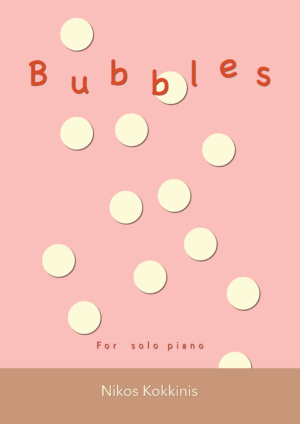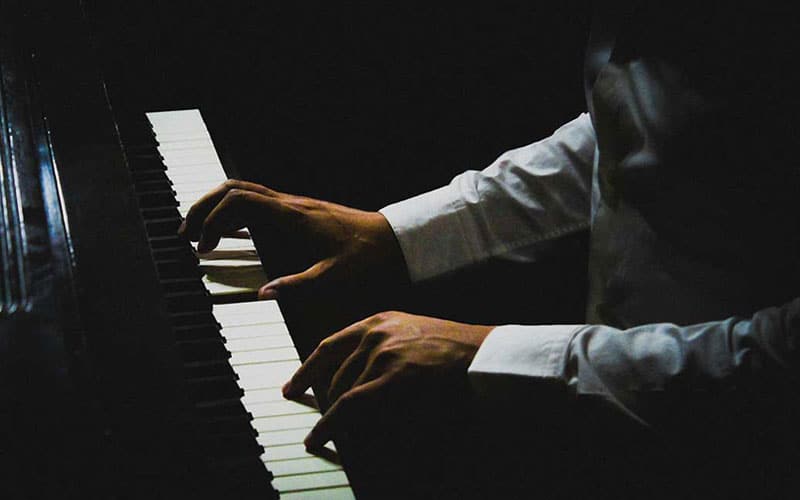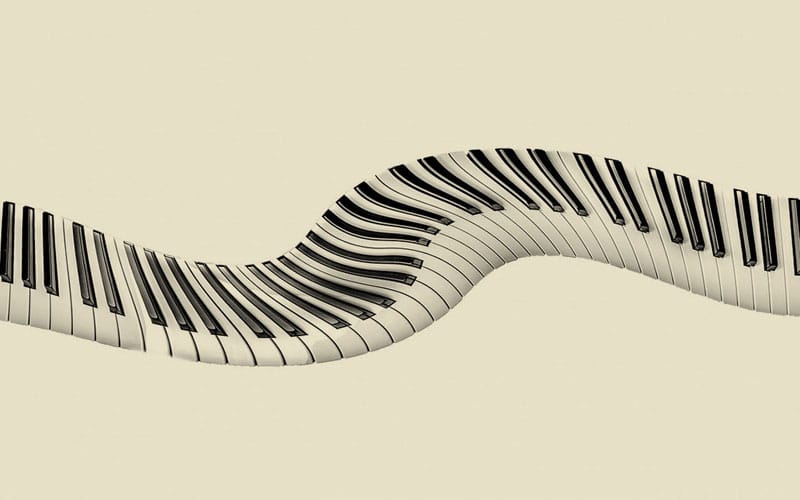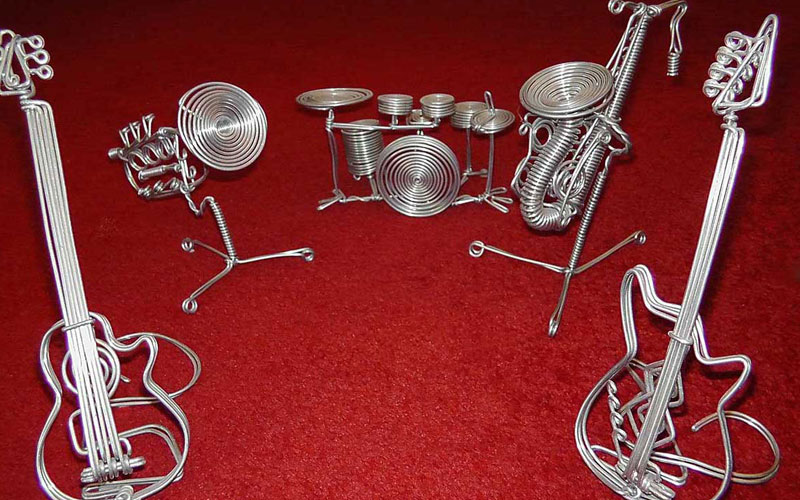
Which is the Best Musical Instrument?
In order to appreciate the following article, a good sense of humor is needed…
Well… you guessed right. In my humble and unbiased opinion, the bestest, the beautifulest and the funnest musical instrument of them all, is, well… the piano.
One of the main reasons as to why a piano is so great is because it can be easily noticeable without too much effort. If you played the piccolo, for instance, you need to go out of your way to show it off to your friends, since you will need to remove it from its case and you need to put it on a table or somewhere easily viewable, making it much harder to brag about your musicality, whereas you can’t hide the elephant in the room; piano is always there, sitting in the living room.
Piano is also the greatest instrument to learn because you can use it as furniture replacement; you can’t put a doily or a candlelight on a cello, but you can always place them strategically on top of a piano, depending on the occasion of course. On special occasions you can always add plates with food on top; just make sure you keep the lid closed.
Piano is also the best, because it’s easier to blend in with the rest of your furniture since it comes in many colors and finishes. In my opinion, choice of color can help your interpretation too; you can’t really perform classical composers on a pink piano, for instance.
It’s also better for your social status to say that you play the piano. It doesn’t sound prestigious enough to say that you’re playing the tuba, for example.
Piano is also the best because you cannot feel guilty if not practising when on holidays. Since you cannot take it with you like other smaller instruments, you can always pretend that you had no other choice but to not practise because you were away from home. Just make sure when you are booking a hotel for your holiday to ask if they have a piano. If they say that they do have one, just say that you’re very pleased and never call back again to complete the booking.
Fun aside, the frequently asked question of which is the best musical instrument has no real meaning. Every instrument has its merits. Depending on our needs and on our personalities, every instrument can help our inner need for expression and creativity.
Would you like to read more of these types of articles on piano? Join our free newsletter:


